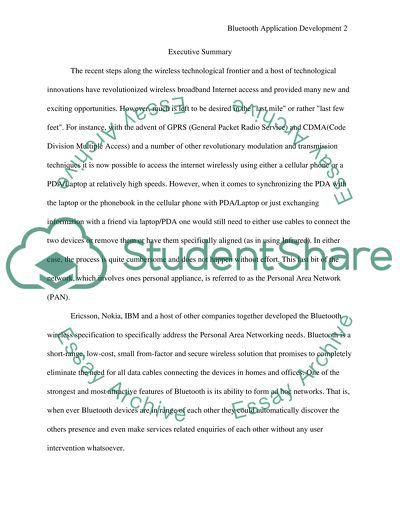Cite this document
(“Bluetooth Application Development Essay Example | Topics and Well Written Essays - 1500 words”, n.d.)
Retrieved from https://studentshare.org/technology/1510926-bluetooth-application-development
Retrieved from https://studentshare.org/technology/1510926-bluetooth-application-development
(Bluetooth Application Development Essay Example | Topics and Well Written Essays - 1500 Words)
https://studentshare.org/technology/1510926-bluetooth-application-development.
https://studentshare.org/technology/1510926-bluetooth-application-development.
“Bluetooth Application Development Essay Example | Topics and Well Written Essays - 1500 Words”, n.d. https://studentshare.org/technology/1510926-bluetooth-application-development.


